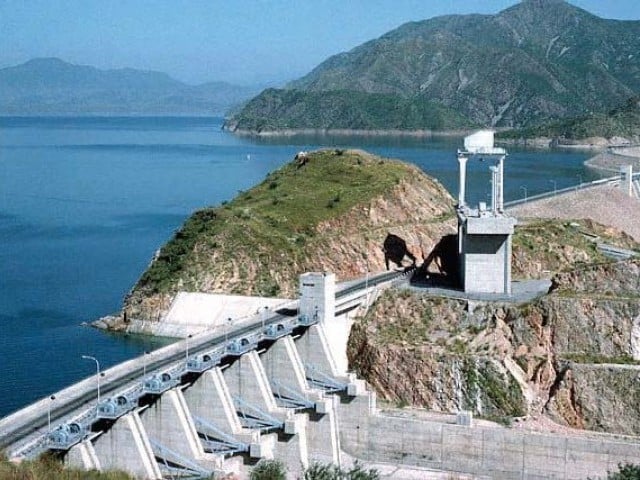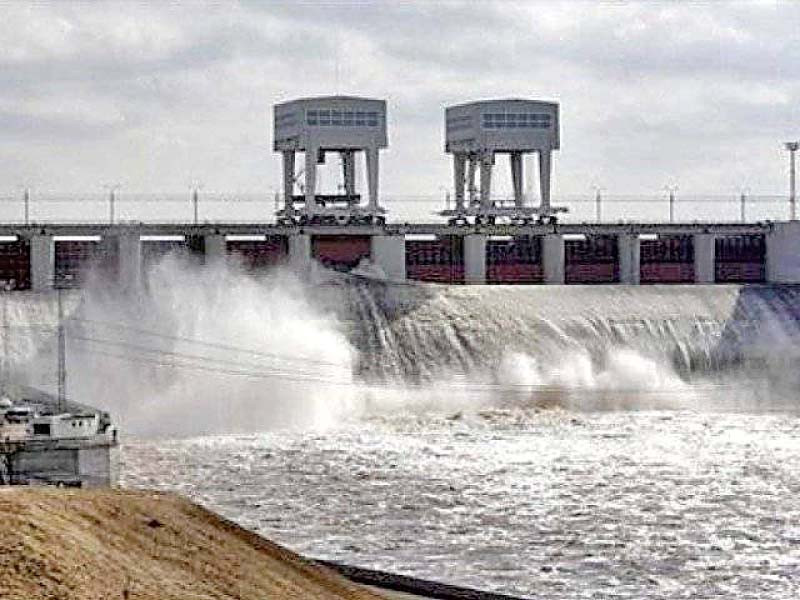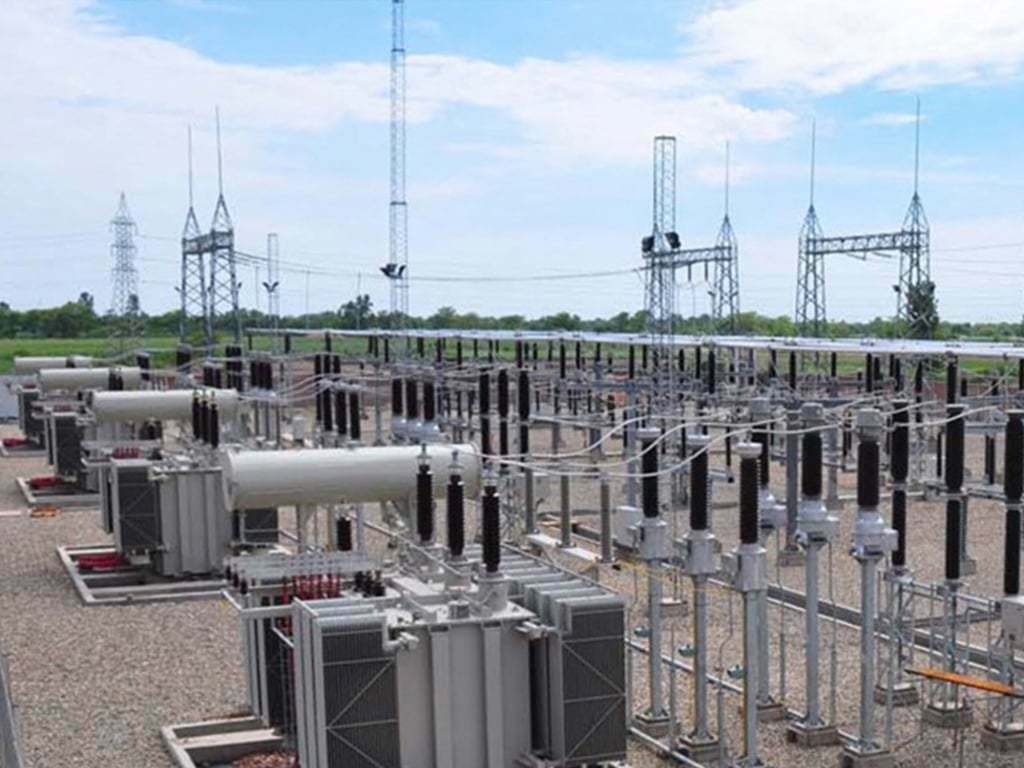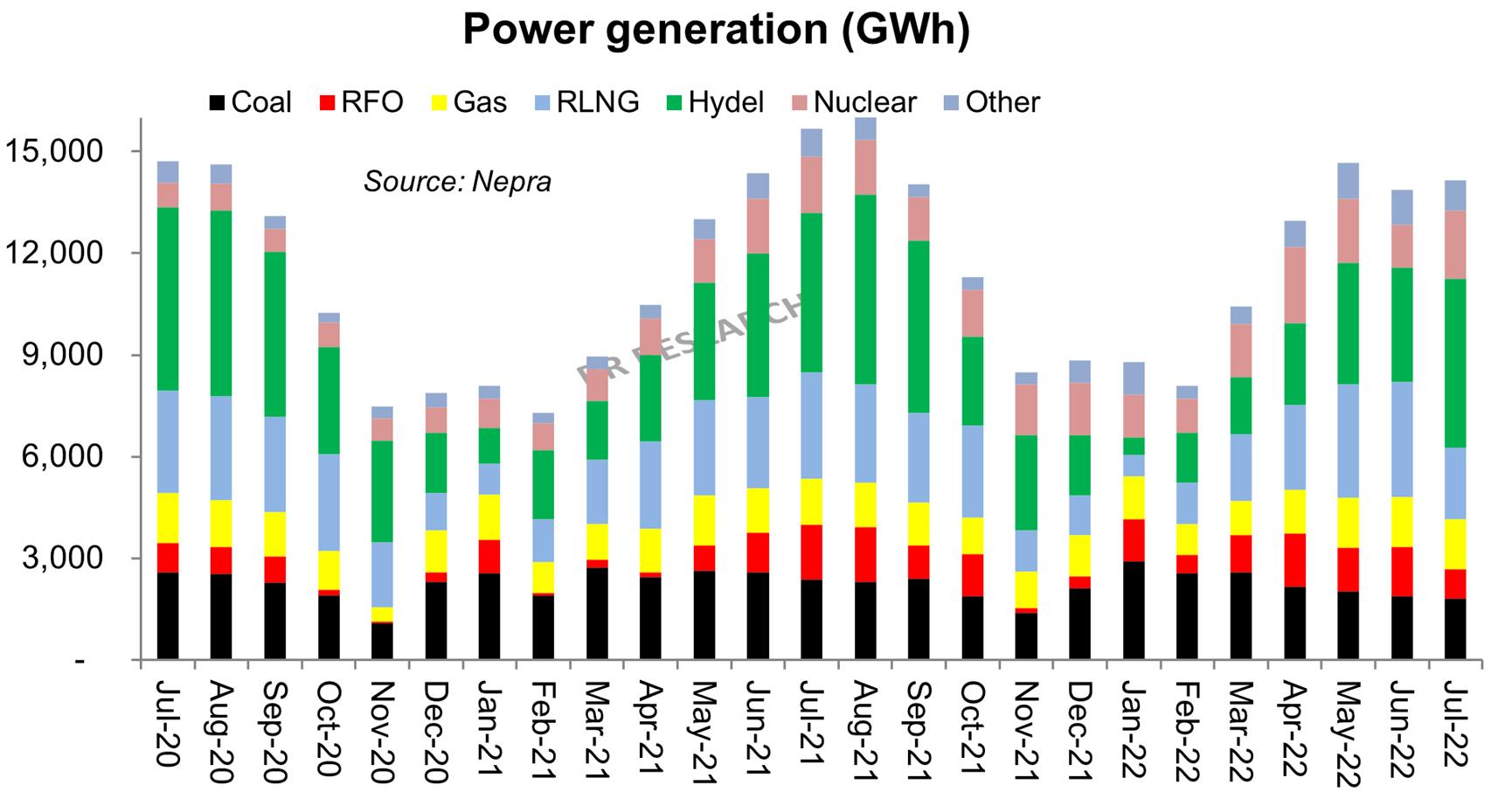,.,.
Mohammad Hussain Khan
September 11, 2022
PEOPLE migrating from their flooded villages in Jamshsoro district arrive in Sehwan to take shelter in relief camps.—INP
HYDERABAD: Kotri Barrage remained in ‘high flood’ with an inflow of 626,053 cusecs and downstream discharge of 600,018 cusecs, according to the Flood Forecasting Division (FFD) discharge report of 6am Saturday (Sept 10).
Kotri Barrage chief engineer Haji Khan Jamali has attributed this increase in upstream discharge at this barrage to the flows coming to Indus River from Manchhar Lake and breach in the Main Nara Valley Drain dykes.
The barrage had been steady at 604,087 cusecs up and 583,882 cusecs downstream discharge at 6pm on Sept 9 after dropping only by ‘12 cusecs’, if its flow of 604,099 cusecs at 6pm on Sept 8 was anything to go by as per official figures.
The official believed that by tonight or Sunday morning, the barrage would start showing a downward trend in its flows. He said that falling trend at Qazi Ahmed-Amri bridge and Dadu Moro-bridge gauges would soon be observed. The Dadu-Moro bridge gauge, which was showing the water level as 130.4 feet, showed the level as 129 feet on Saturday.
Inflow of 626,053 cusecs attributed to addition of deluges from Manchhar, MVND
Meanwhile, Wapda officials have not attempted to plug the breach at RD-10 of the MNVD (or Right Bank Outfall Drain-I). According to Wapda’s chief engineer (water) Sukkur Naeem Qadir Mangi, heavy machinery could not be moved to the location given the inundation in the area. “The machinery can stuck up there,” he said.
Manchhar level still rising
Inflows in Manchhar Lake have become a guessing game for top irrigation officials as the lake is again consistently showing a rising trend despite many cuts already given to Indus embankment, the main Nara Velley Drain (MVND) and the lake’s dykes at various places to ease pressure of floodwater.
Three cuts have been applied on Indus embankment since Sept 8, two on the lake’s dyke and a breach occurred in the dyke of the Main Nara Valley Drain (MNVD) to offload the lake’s water into the Indus.
The lake’s water is normally released through its canals -- Aral head, Aral tail and Danister -- but given the mounting pressure of heavy flows on the lake, two cuts were applied on its dykes. The lake is getting depleted into the river through these nine sources, yet its level is showing a rising trend.
Machhar Lake had recorded the level of 123.3RL on Sept 5 after maintaining it for a considerably long period. It started showing a decline in its level after two ‘intentional cuts’ given on its bank at RD-14 on Sept 5 and RD-52 on Sept 6 when a breach also occurred in Main Nara Valley Drain (MNVD) at RD-10. Manchhar would have burst its banks had these cuts not been given.
After the lake attained a level of 123.3RL, it first dropped to 123.25RL and then 123.2RL and 123RL on Sept 6. Since then it was recording a fall which irrigation officials were attributing to the outflows passing through the two cuts on Sept 5 and 6 and MNVD breach.
With further reduction, the level dropped to 122.3RL at 12noon and 122.2RL at 6pm on Sept 7. Flows level remained steady at 122.2RL until it slightly rose to 122.35RL on Sept 9 at 6pm and 122.5RL at 6am on Sept 10. Its 6pm gauge showed the level at 122.65RL again.
Officials believed that lake was still receiving flows from its catchment area or upper Sindh and these flows were causing a rise in its level. The above-mentioned cuts left a marginal impact on its level but it once again increased substantially.
These flows from lakes continued to mount pressure on 10 union councils of Sehwan taluka — Bubak, Wahur, Jaffarabad, Channa, Arazi, Sheikh, Bhanbha, Talti, Jhangara and Bajara – much of whose population had already moved out. Indus Highway’s section right up to Sehwan toll plaza had been submerged.
Irrigation officials were, however, not considering more cuts on Indus embankments. Three cuts have already been given in Larkana-Sehwan bund within the Sehwan taluka since Sept 8. The third cut was given at a location beyond a bridge over Indus Link near Karampur area to make sure that the deluge threatening Bhan Syedabad town of Jamshoro district and Dadu city could be controlled.
These cuts were applied after Indus flows showed substantial reductions Sukkur Barrage downstream.
Both Guddu and Sukkur barrages have been categorised as ‘barrages with normal flows’ after passage of peaks of high flood which helped officials to take the decision of diverting the lake water into river through man-made cuts.
Sukkur Barrage was on Saturday having an upstream flow of 185,010 cusecs up and downstream while Guddu Barrage was having 165,161 cusecs up and 158,537 cusecs downstream discharge, showing a normal state of flows.
Published in Dawn, September 11th, 2022









